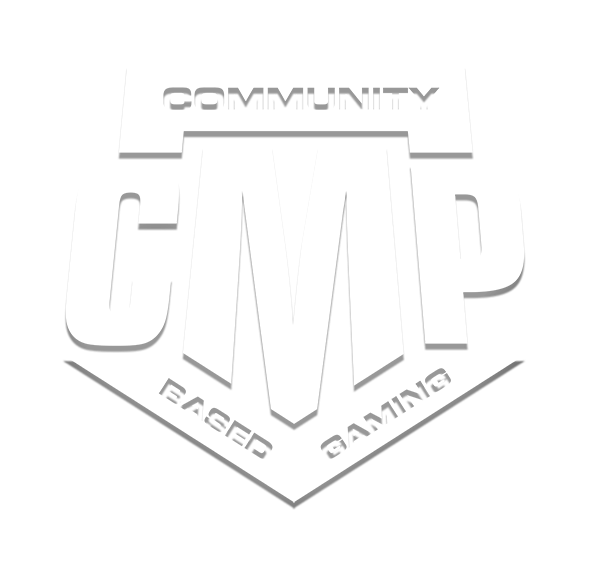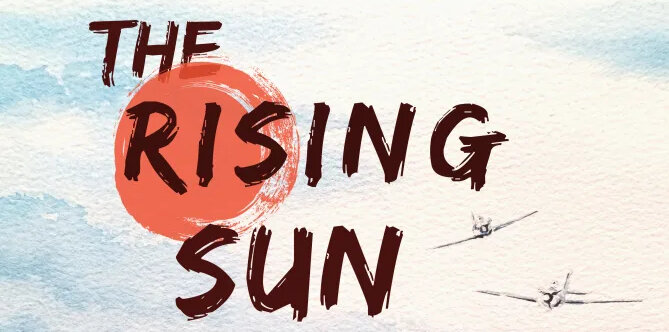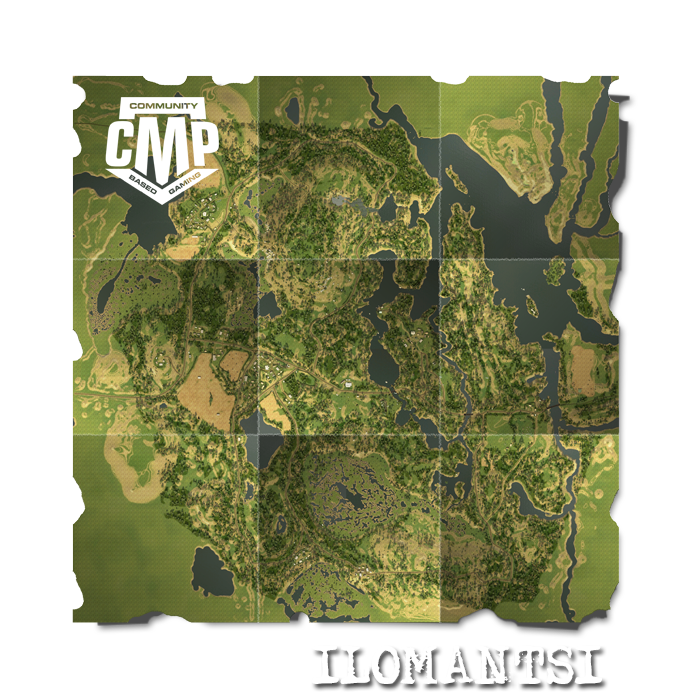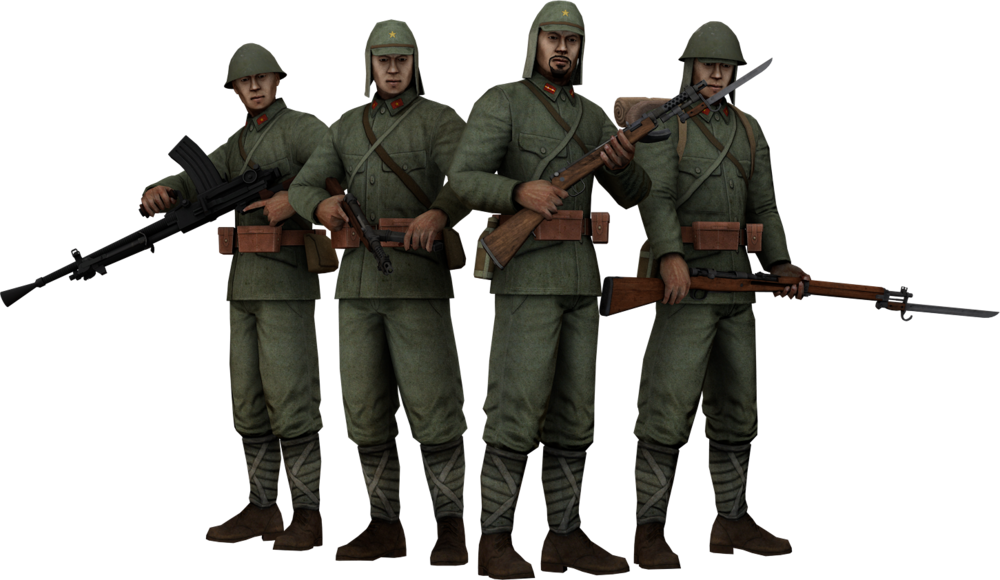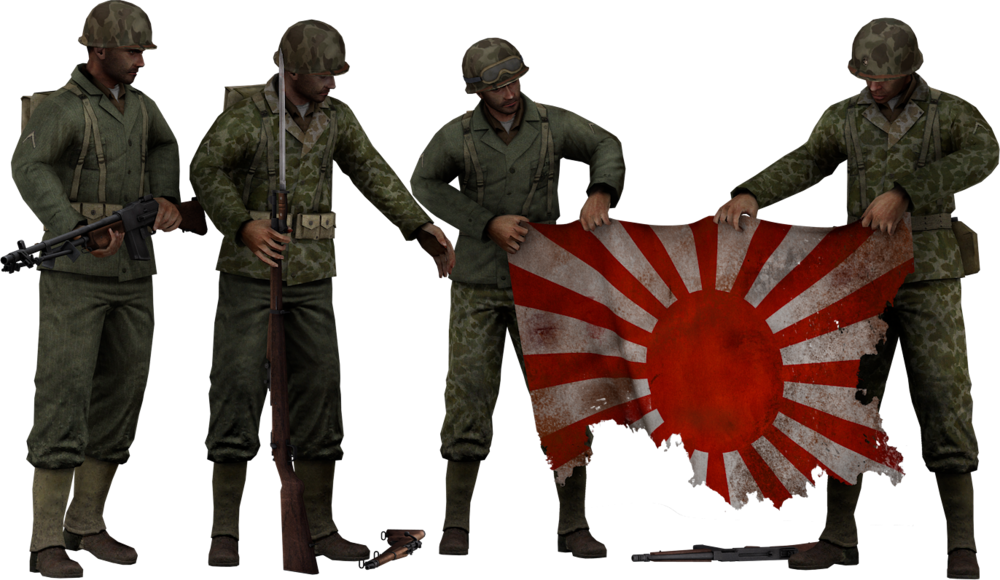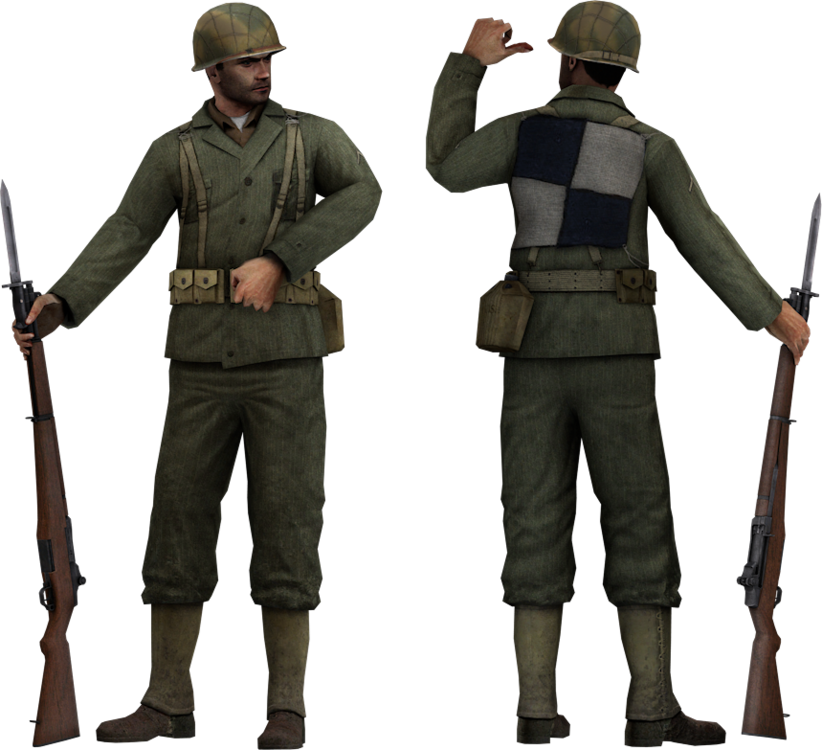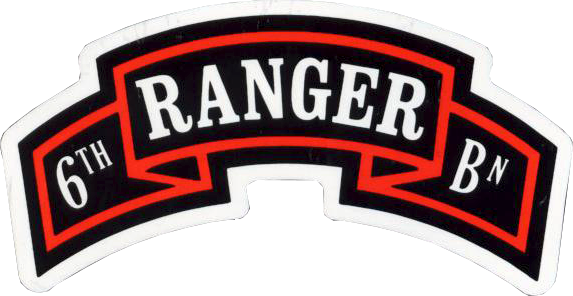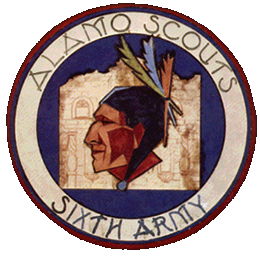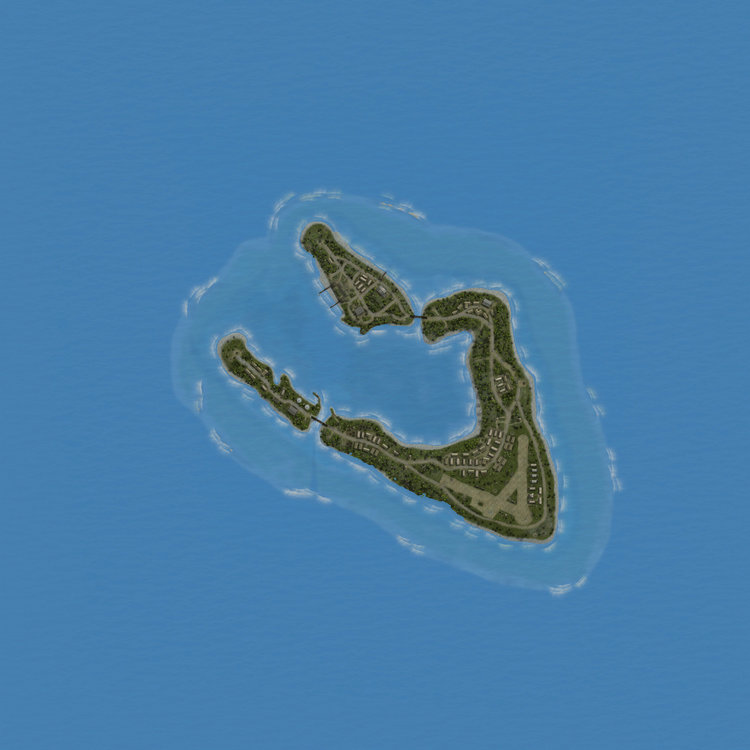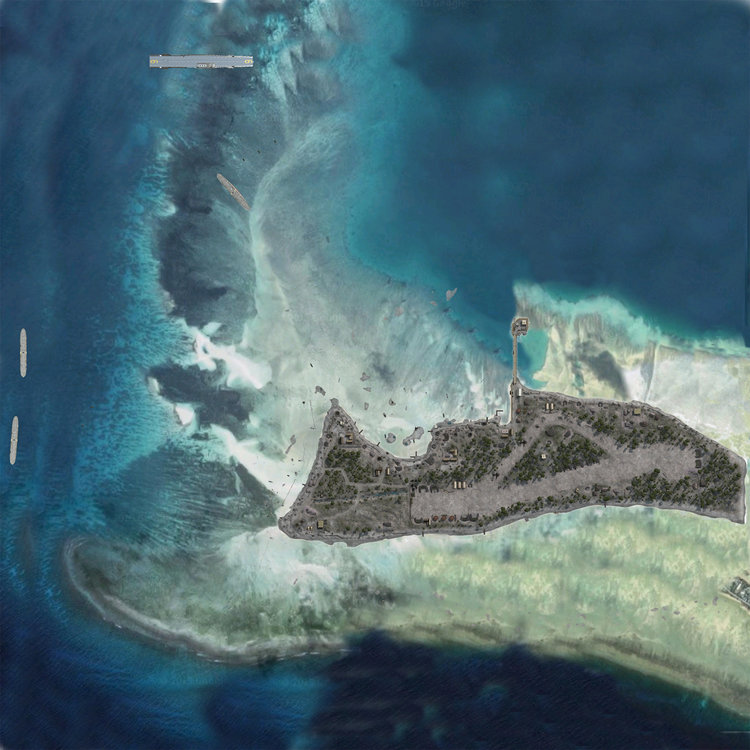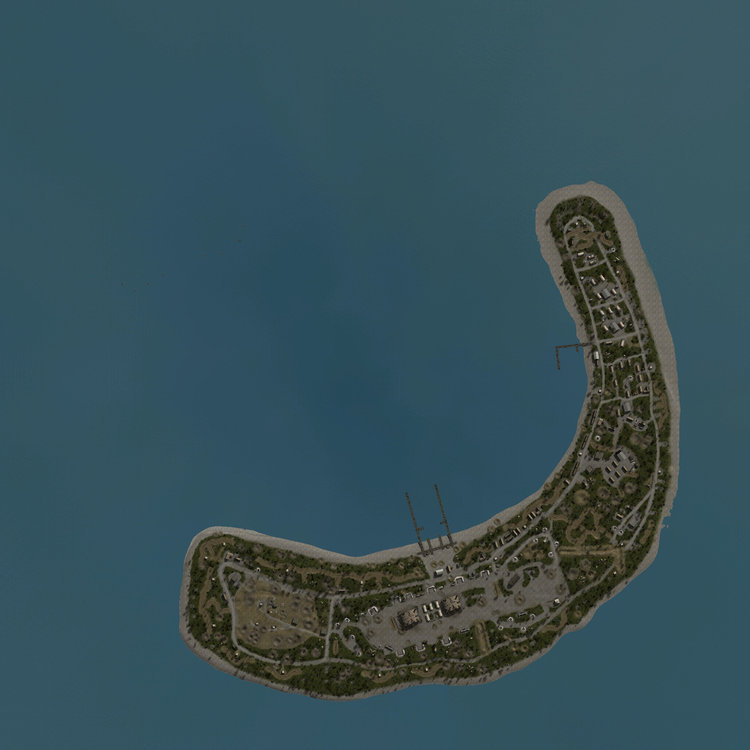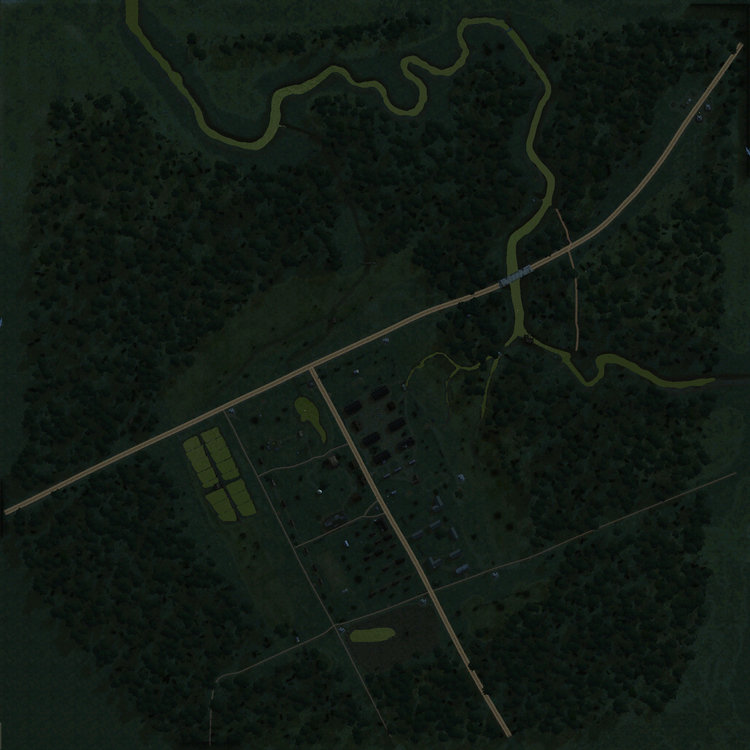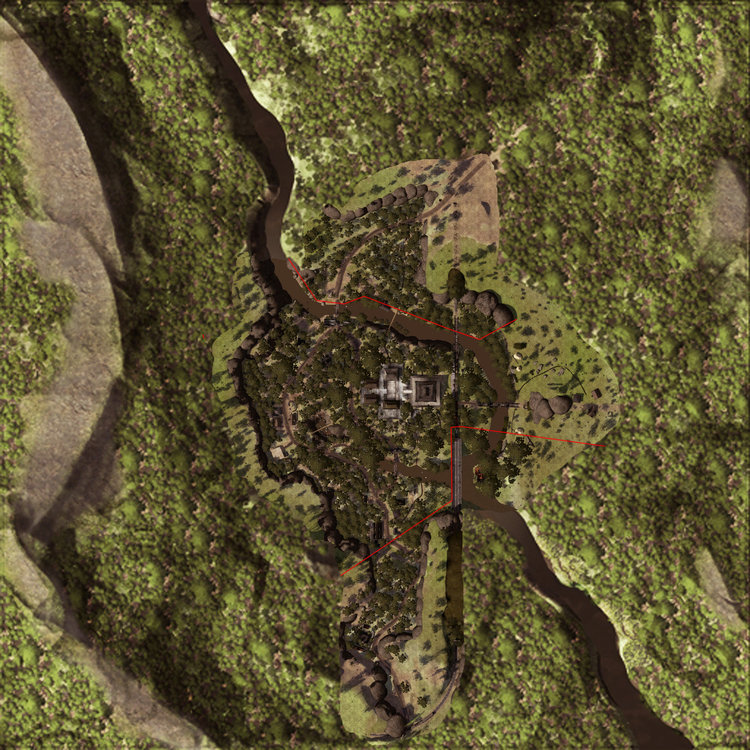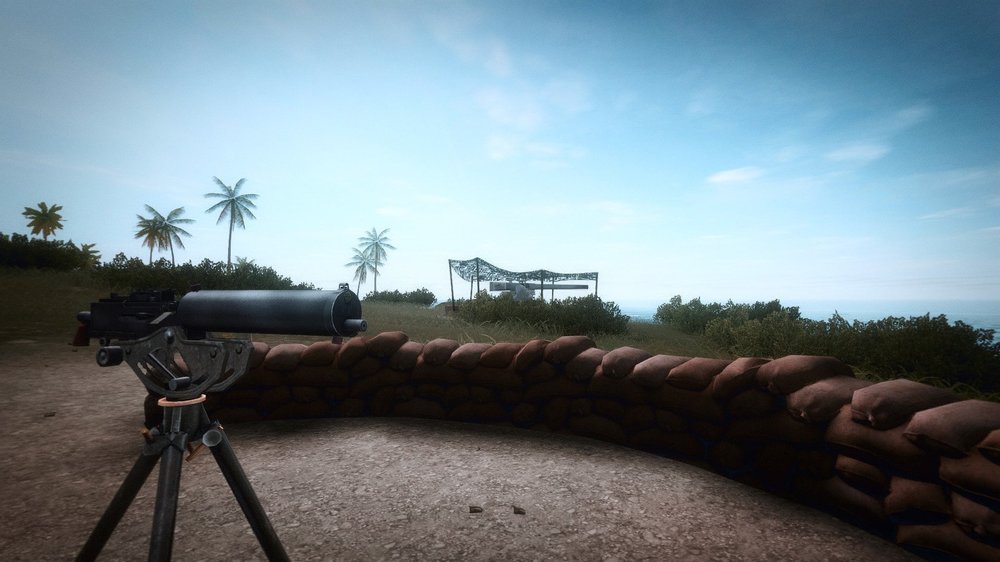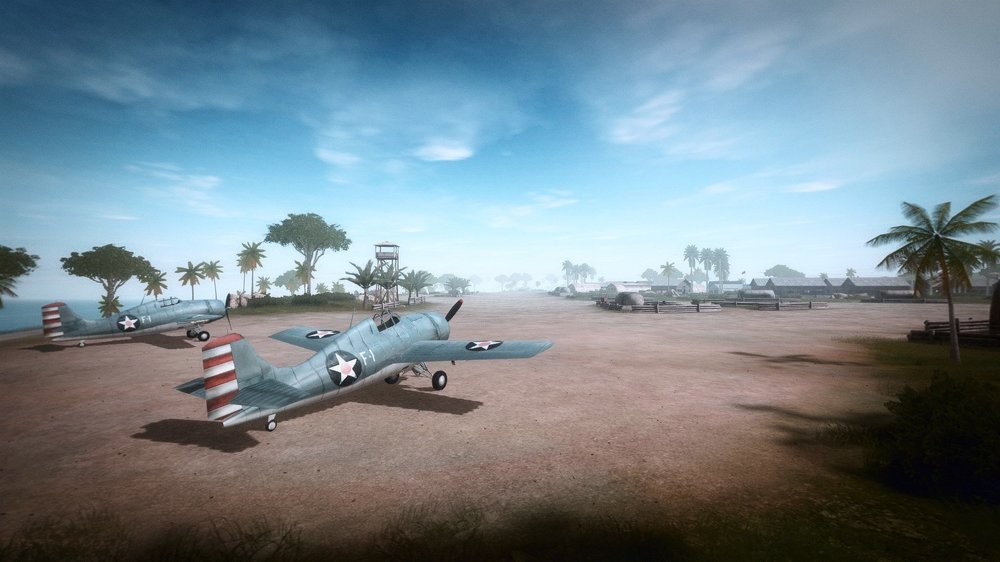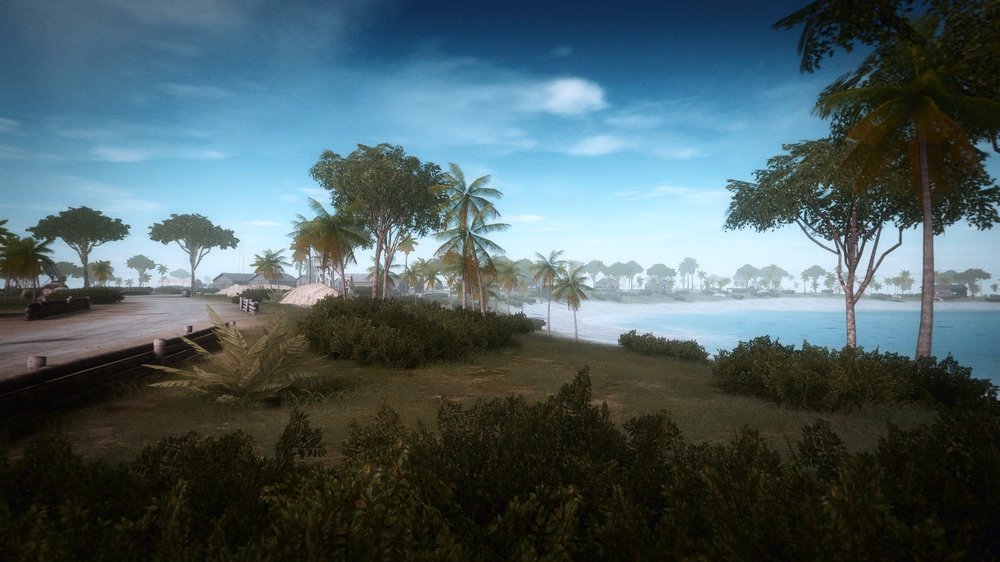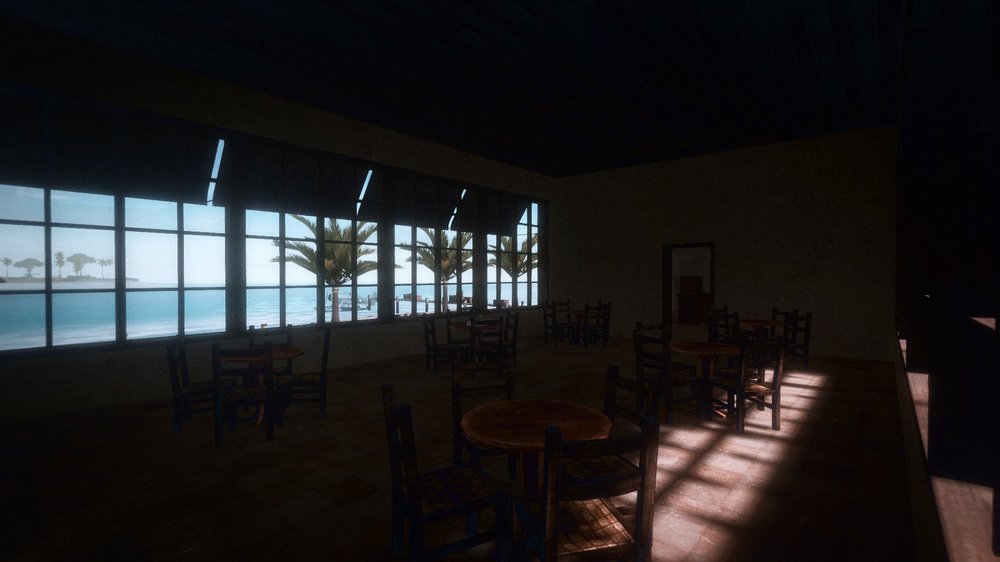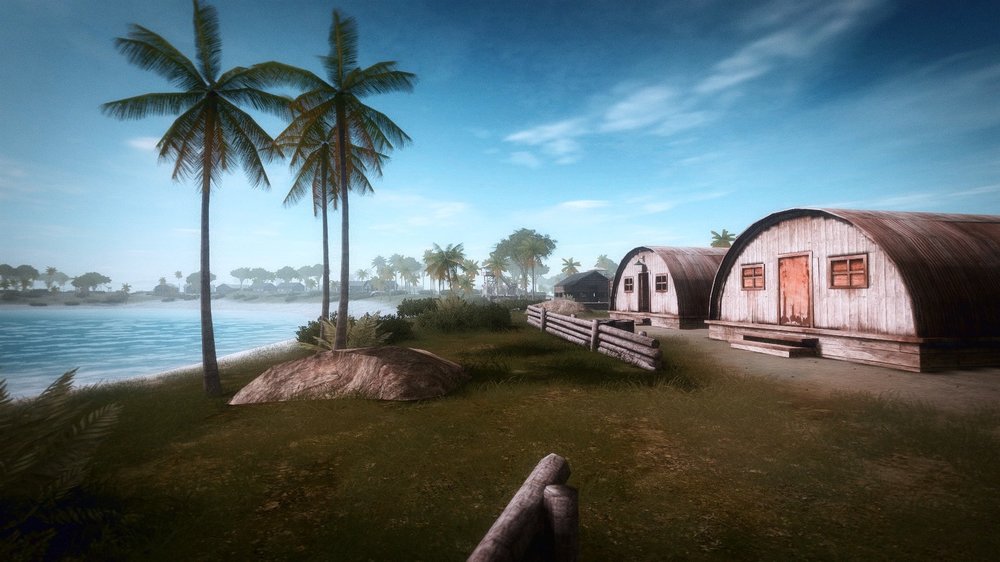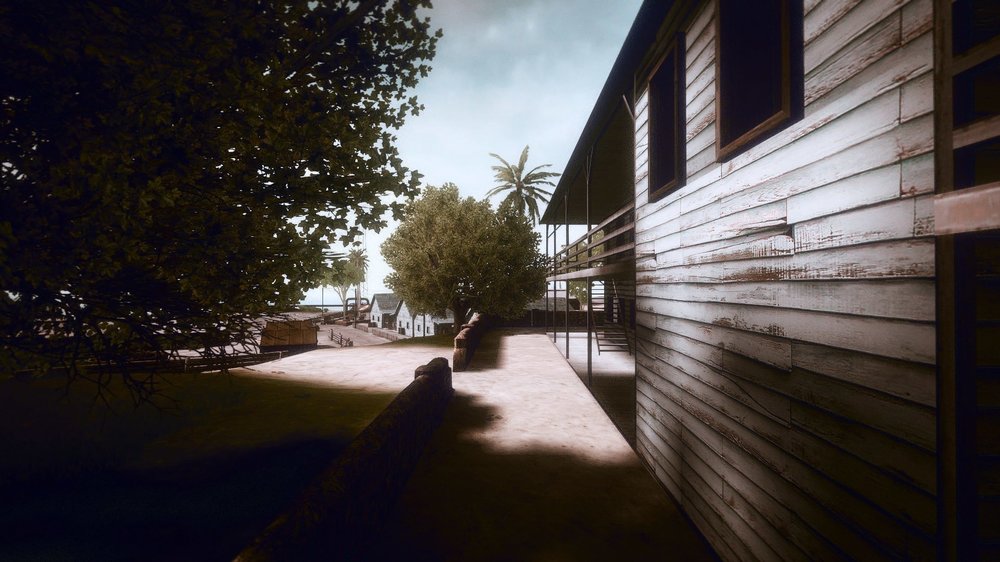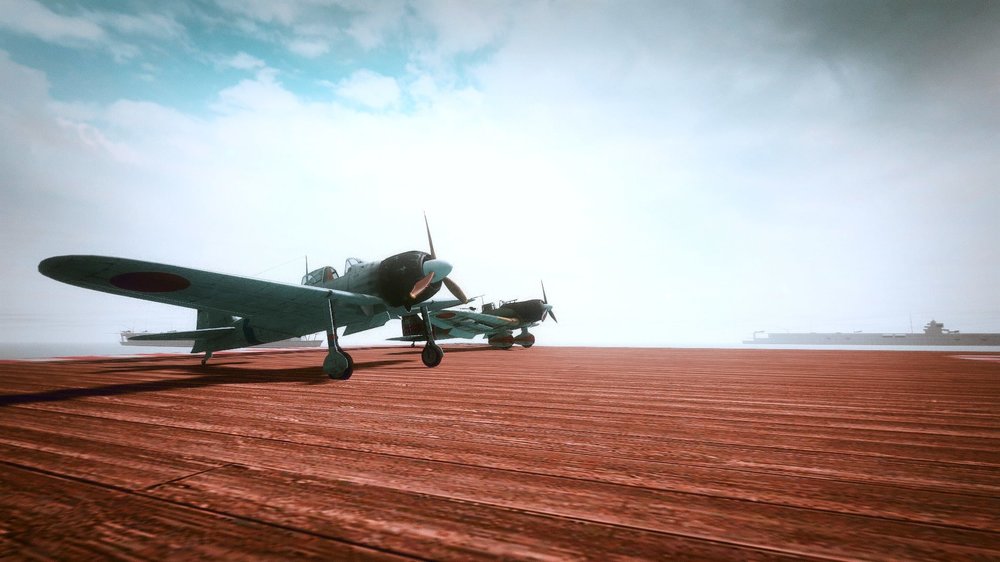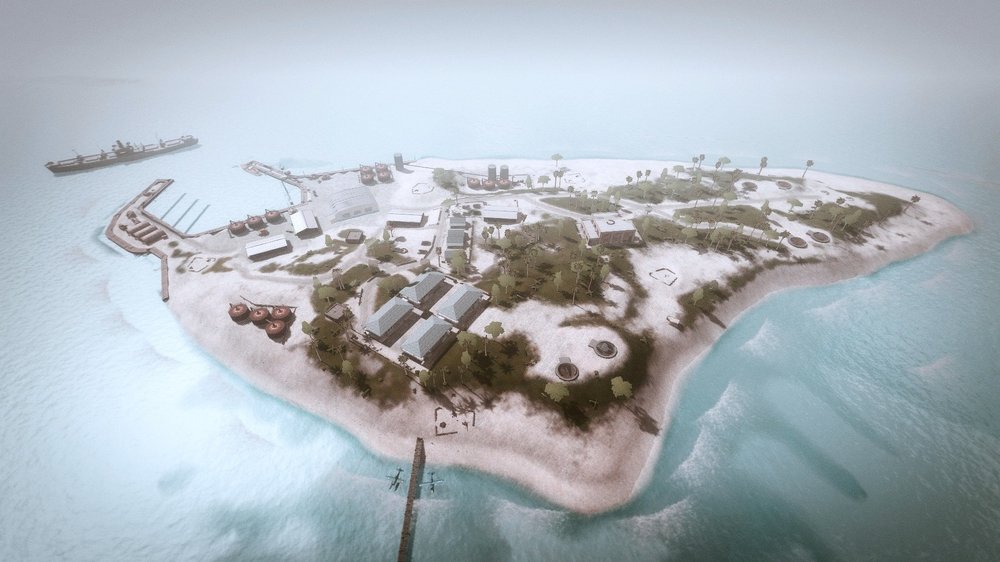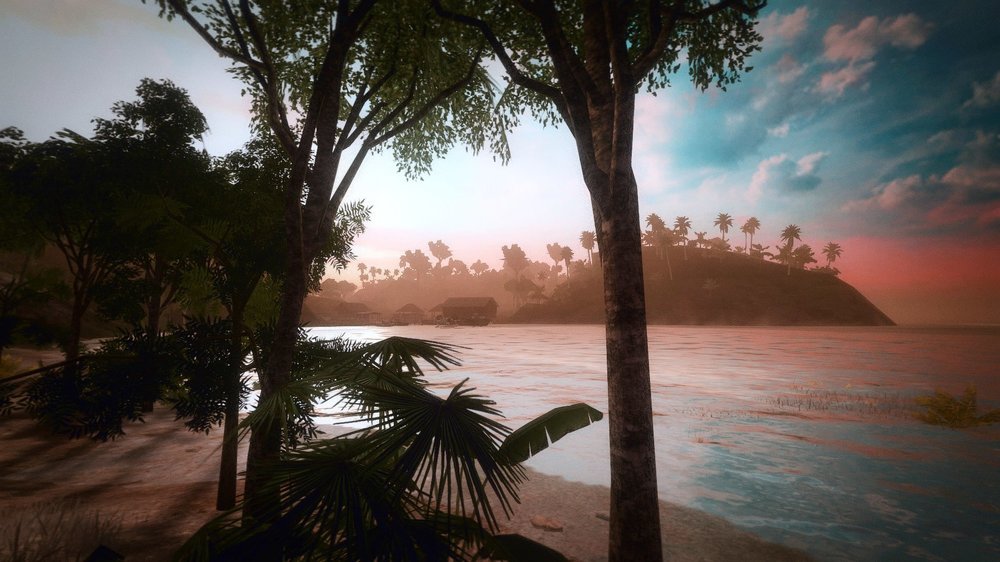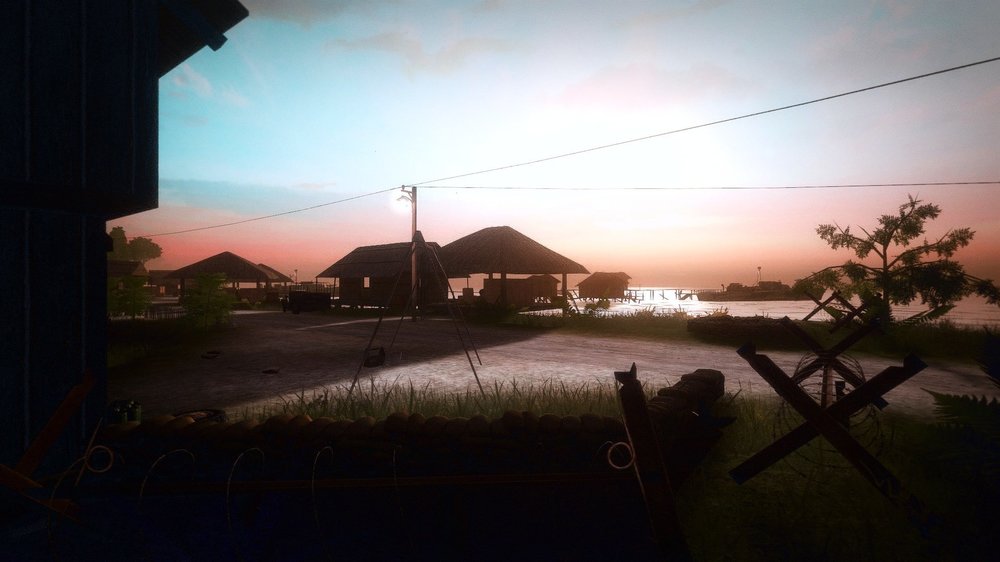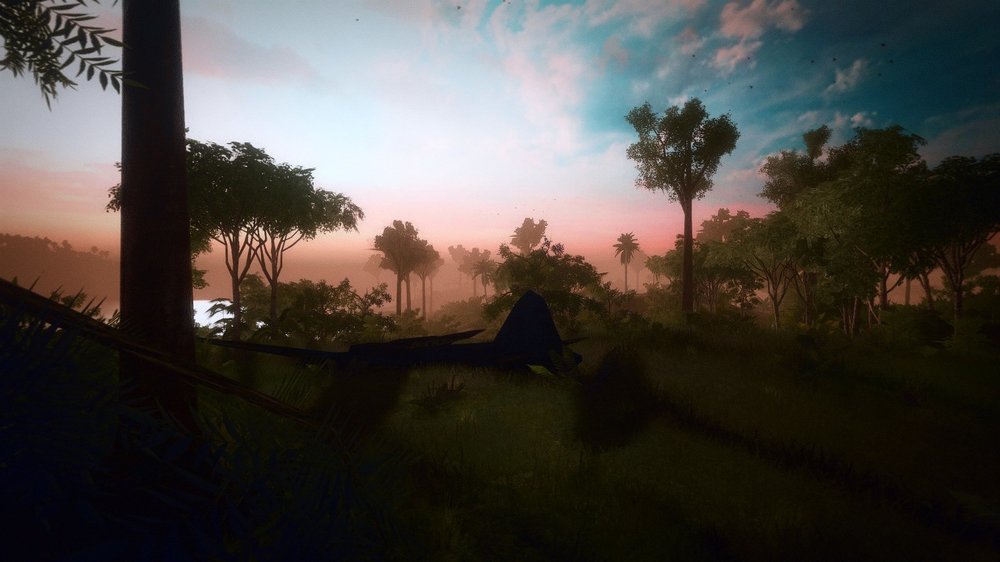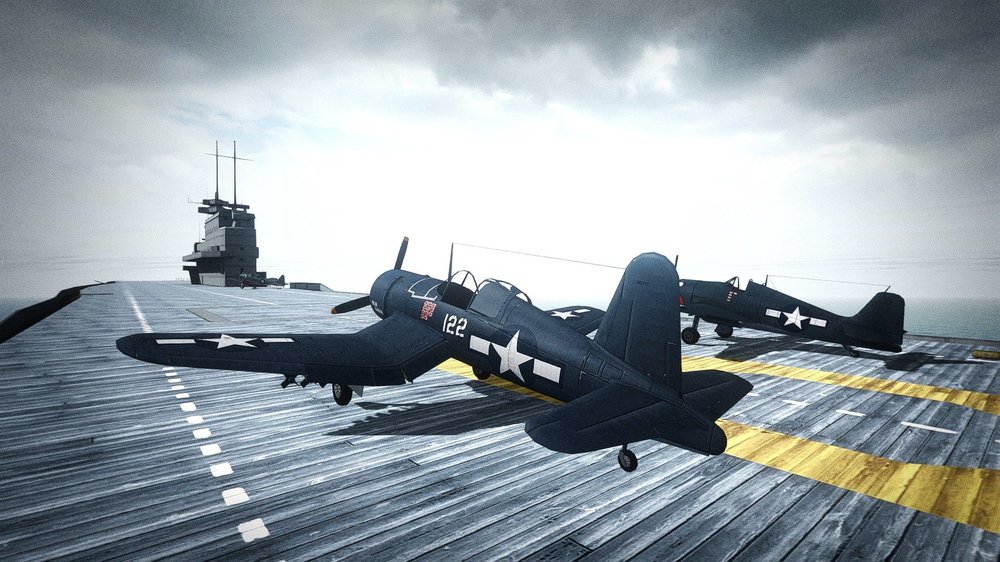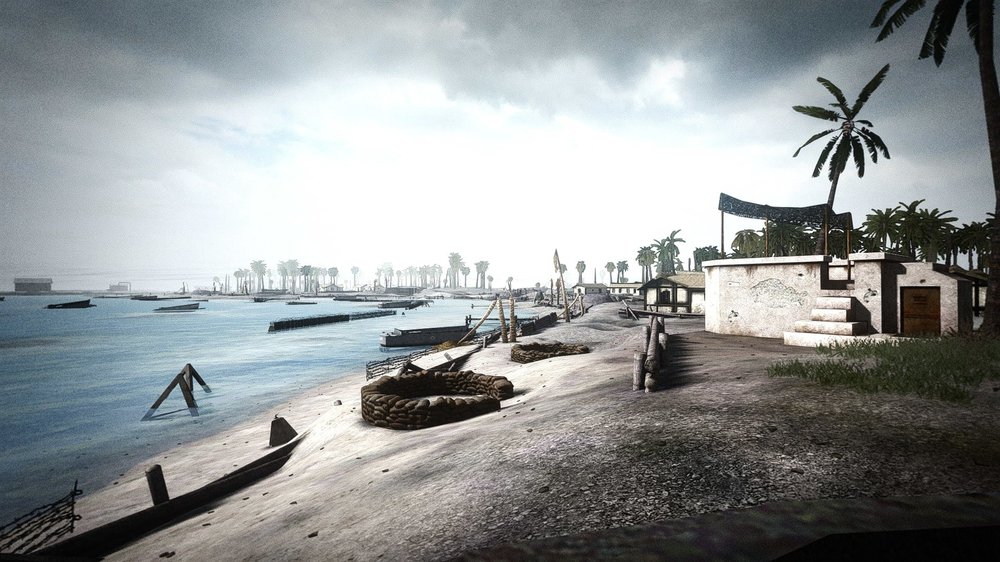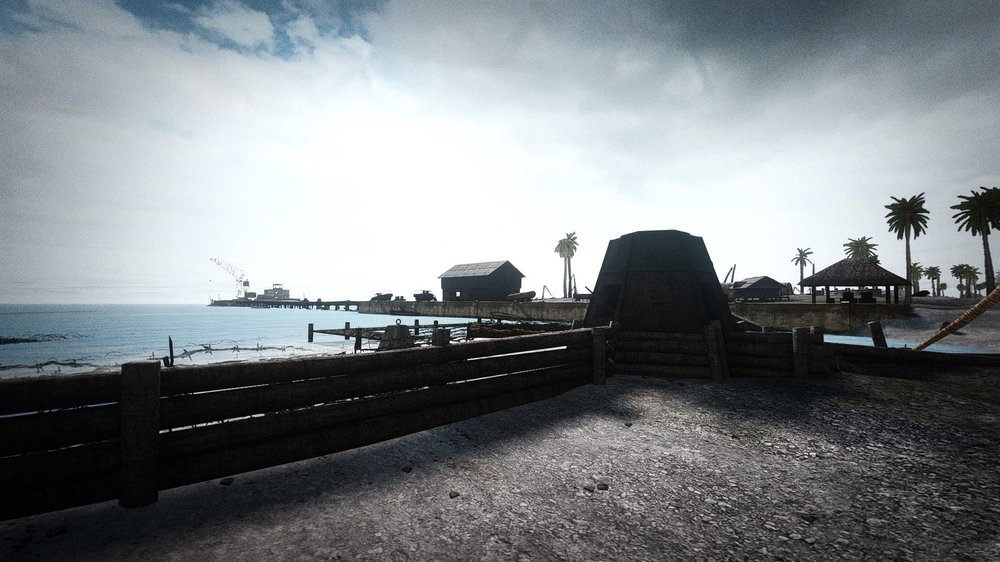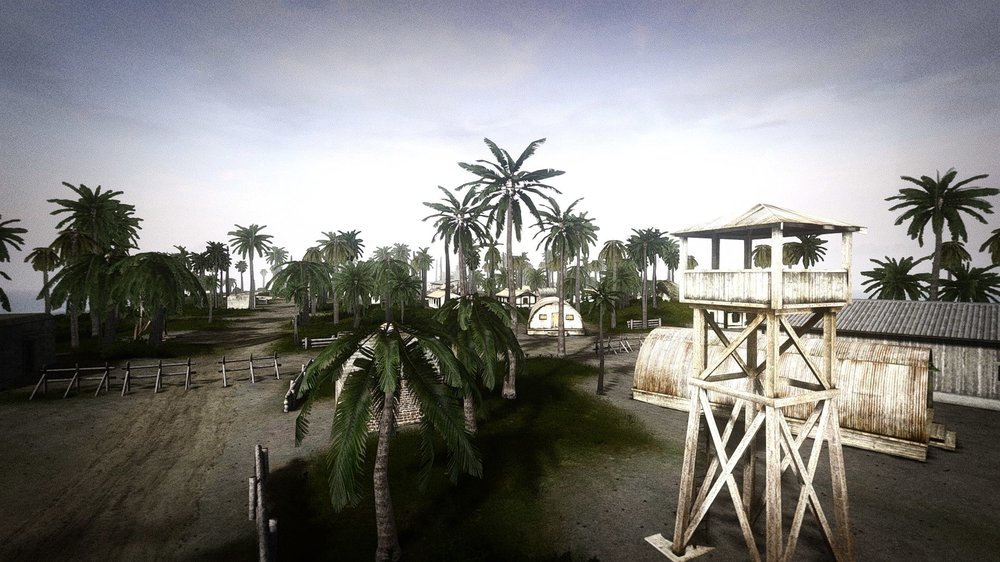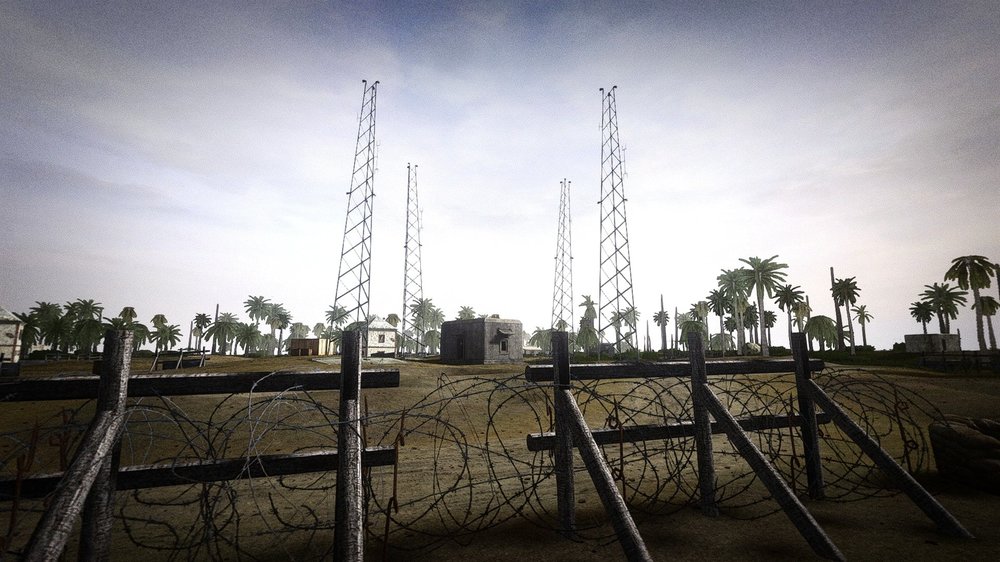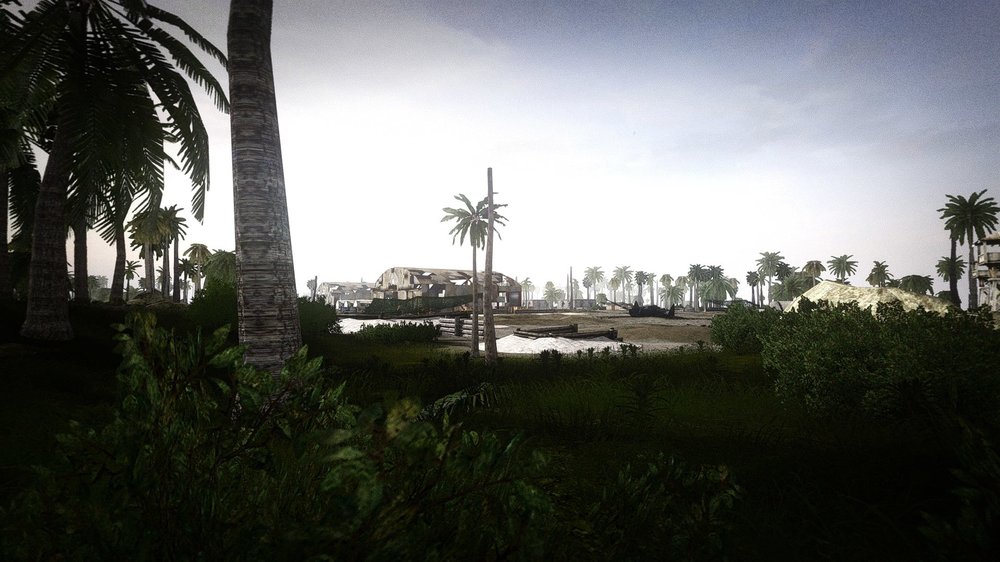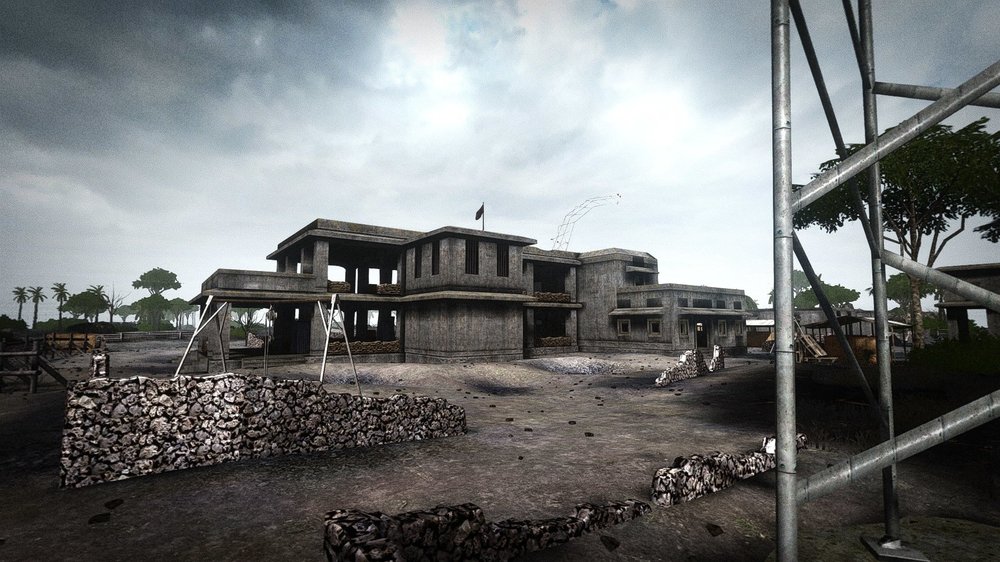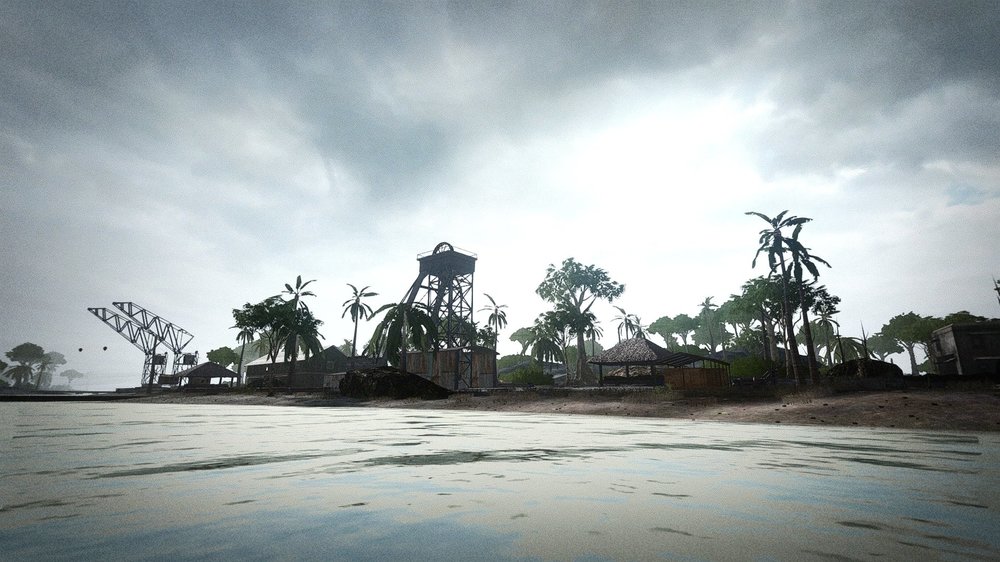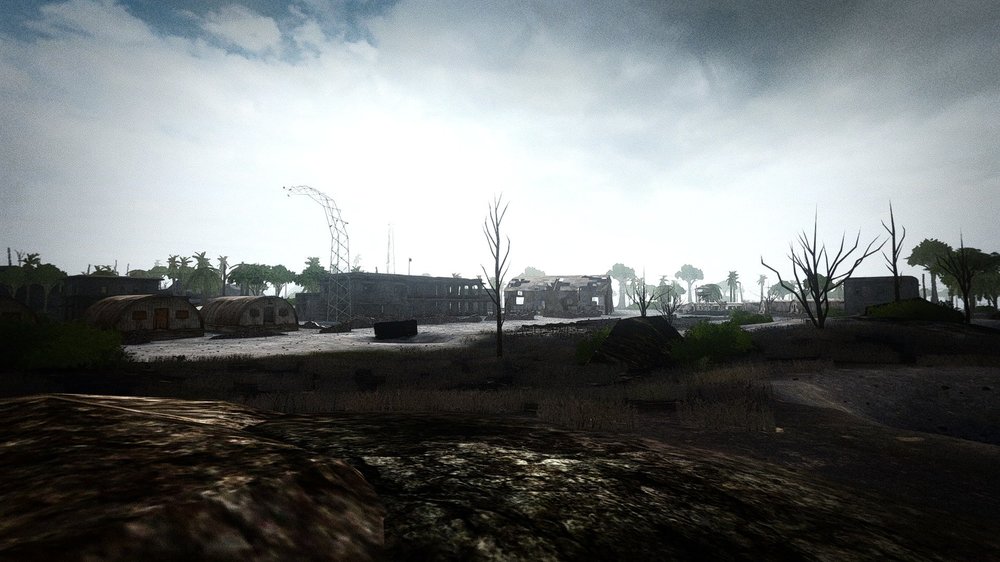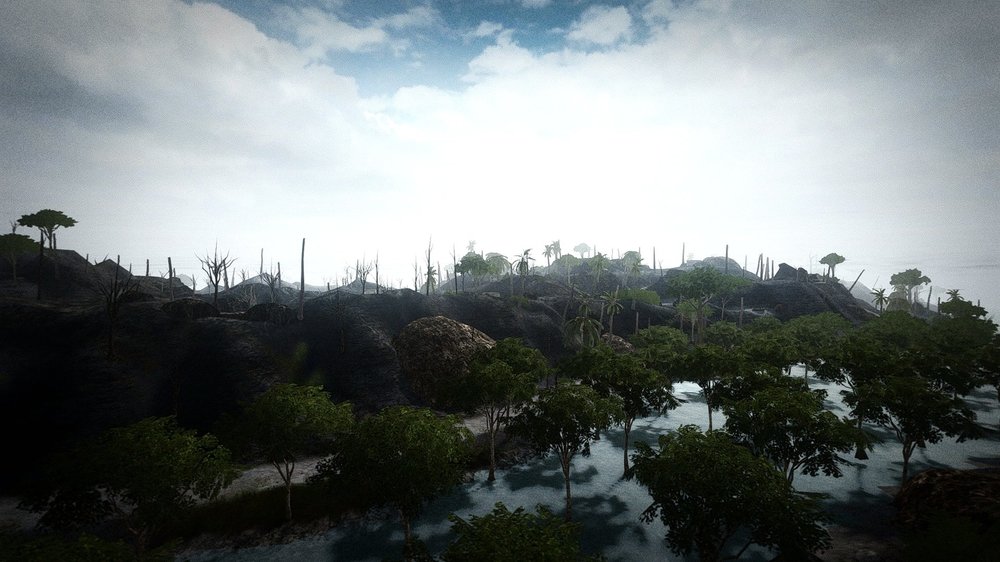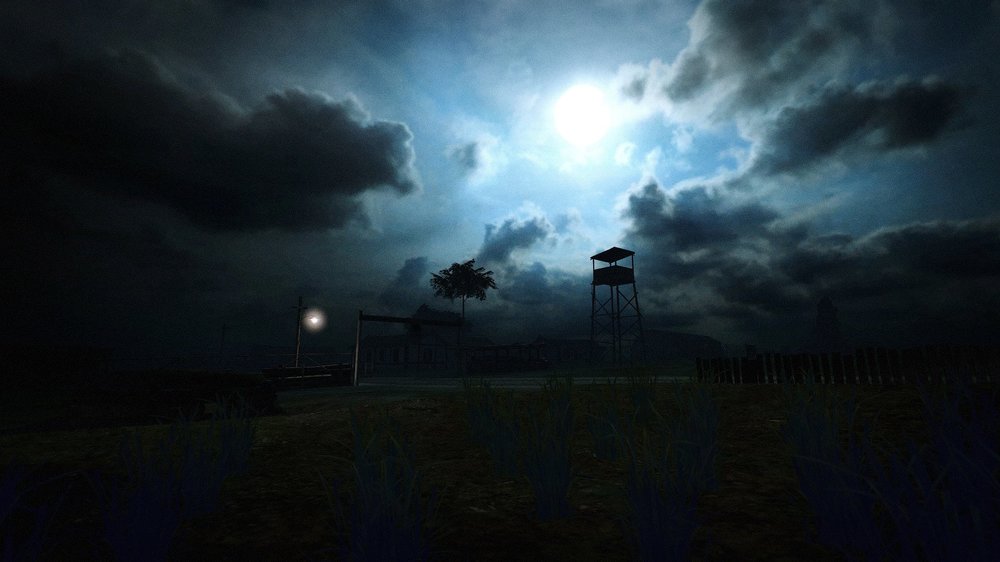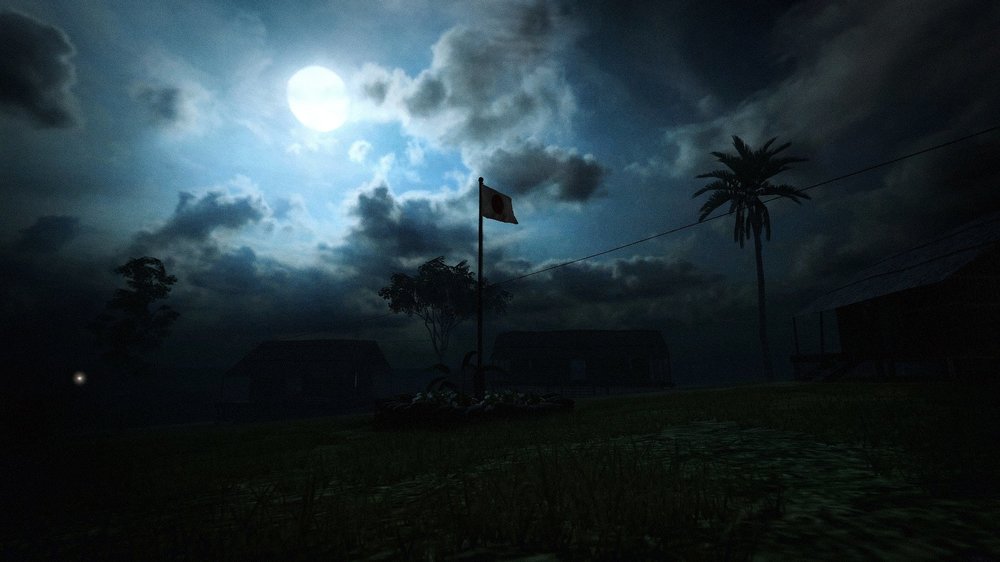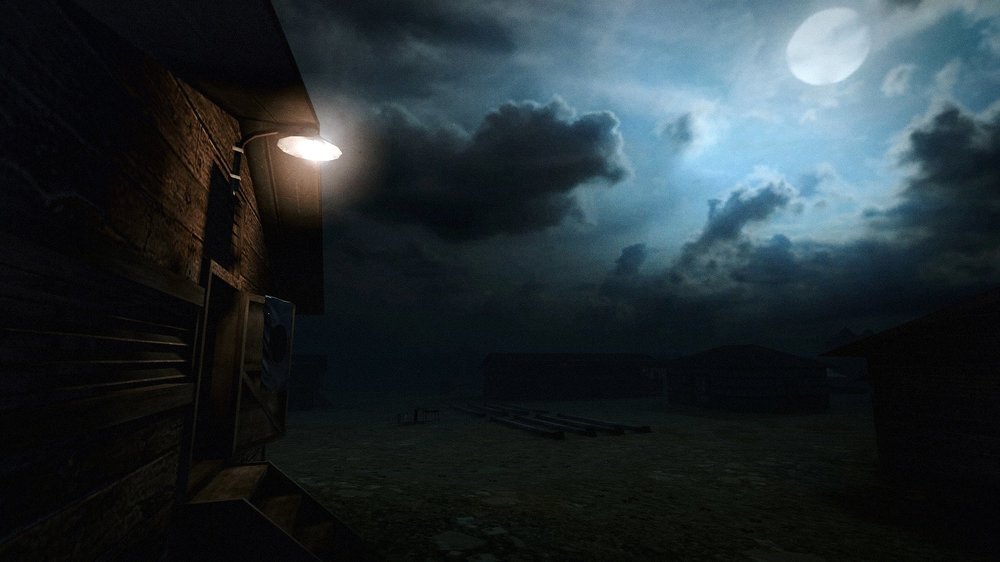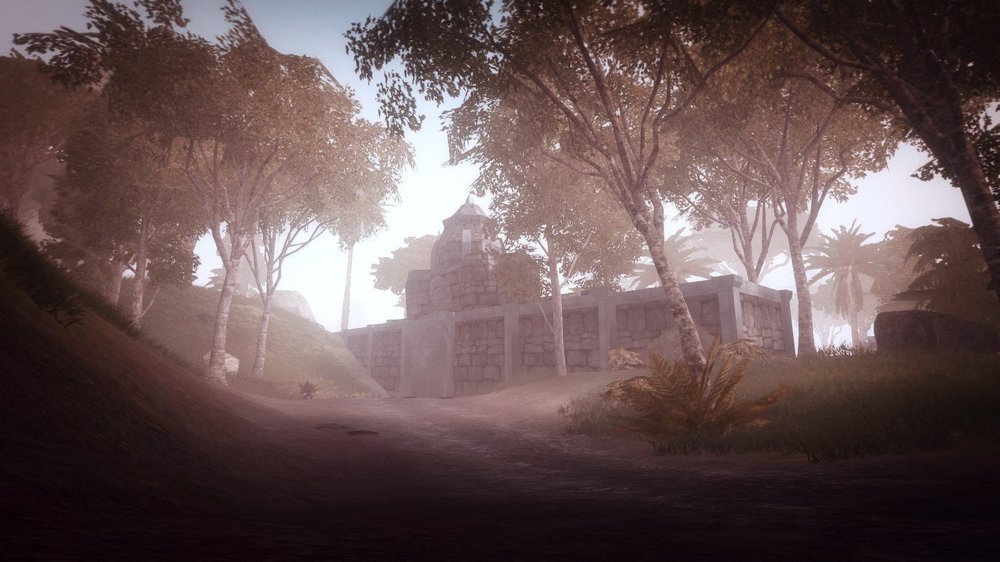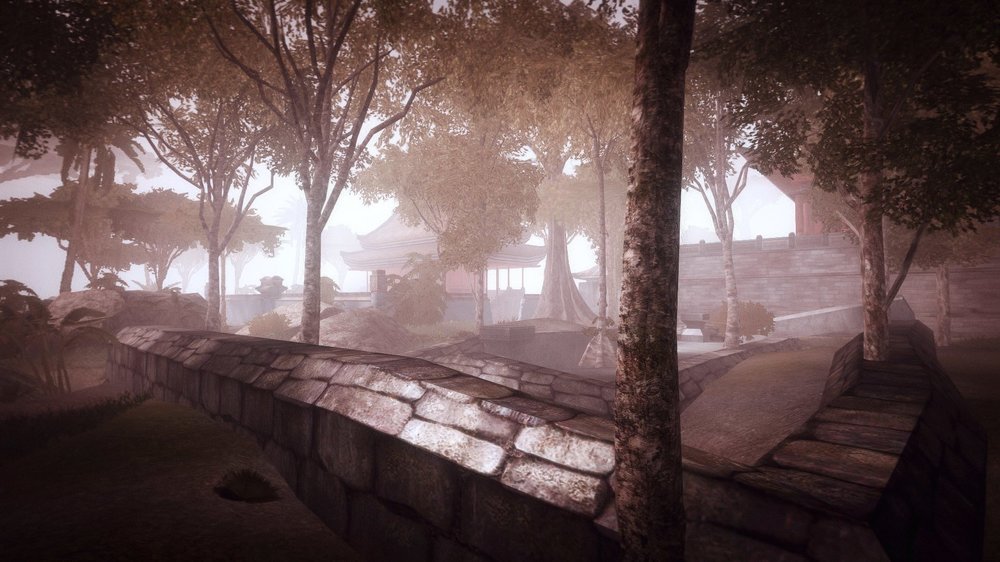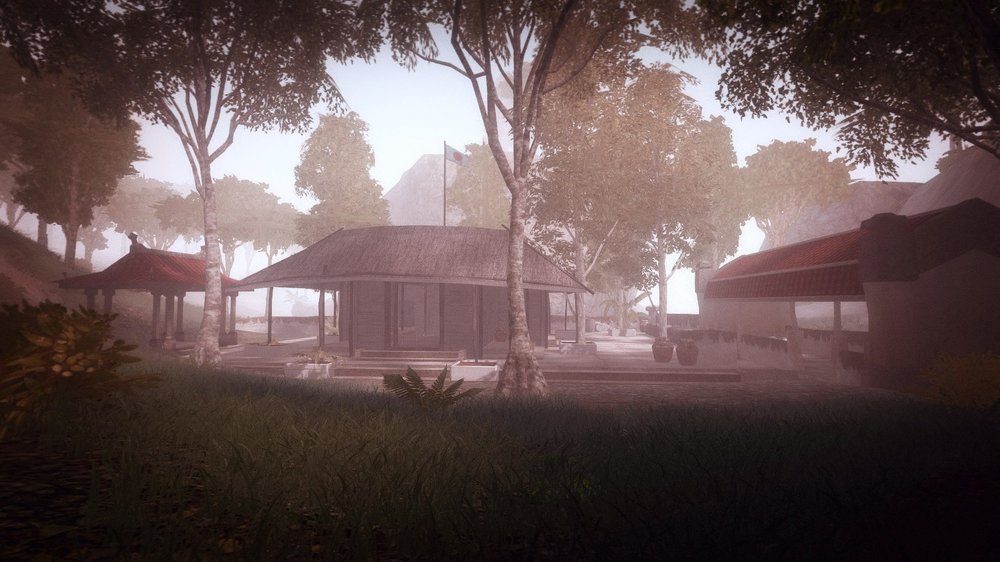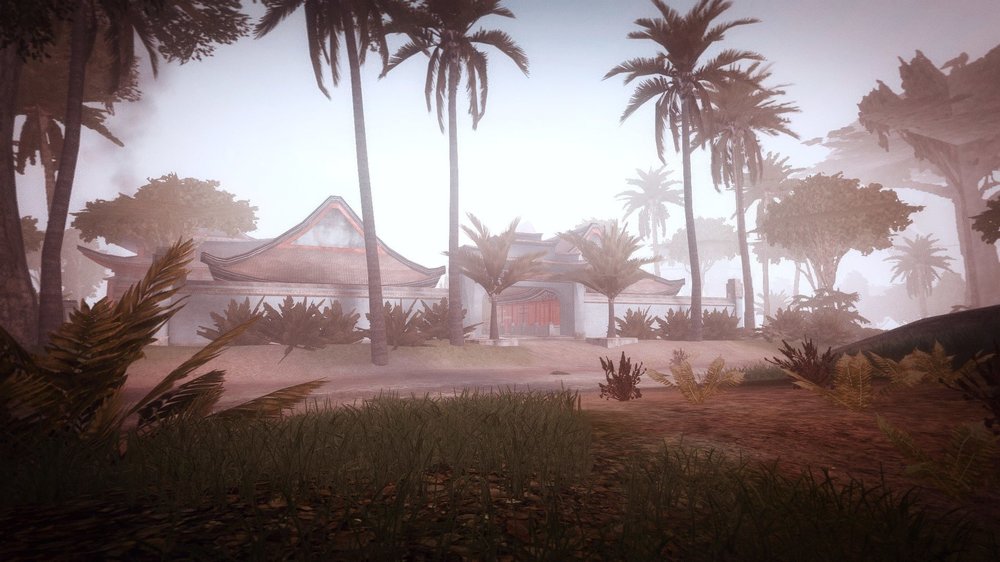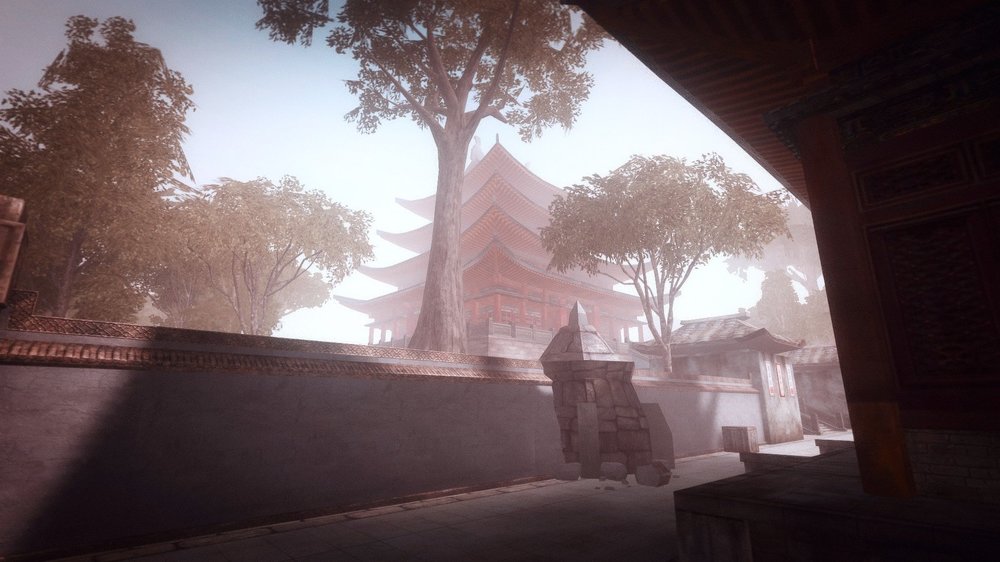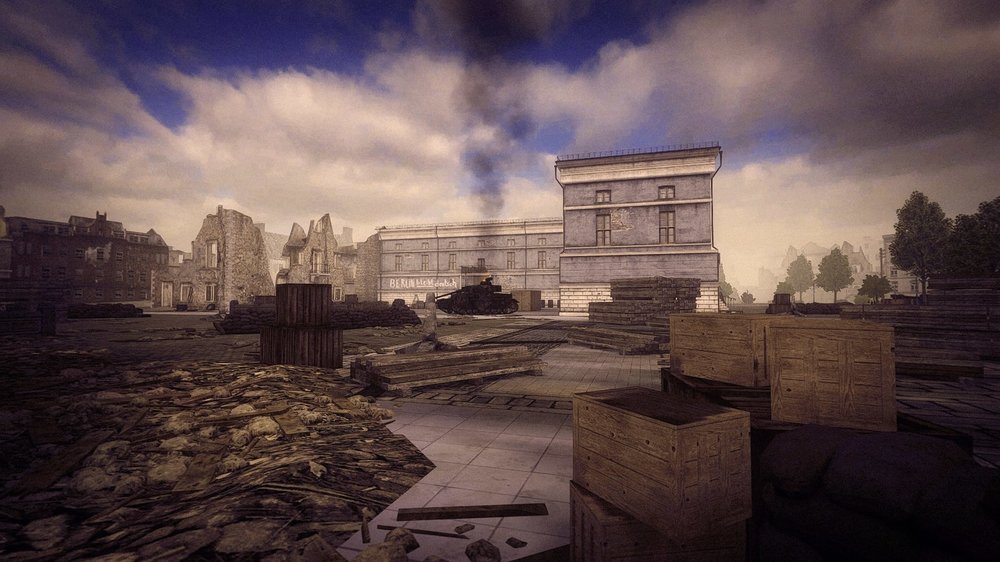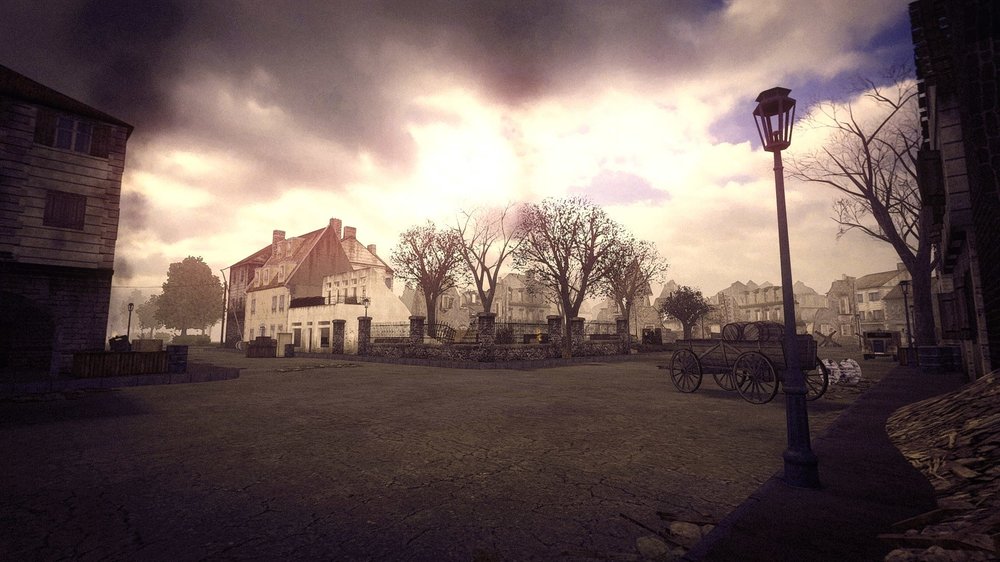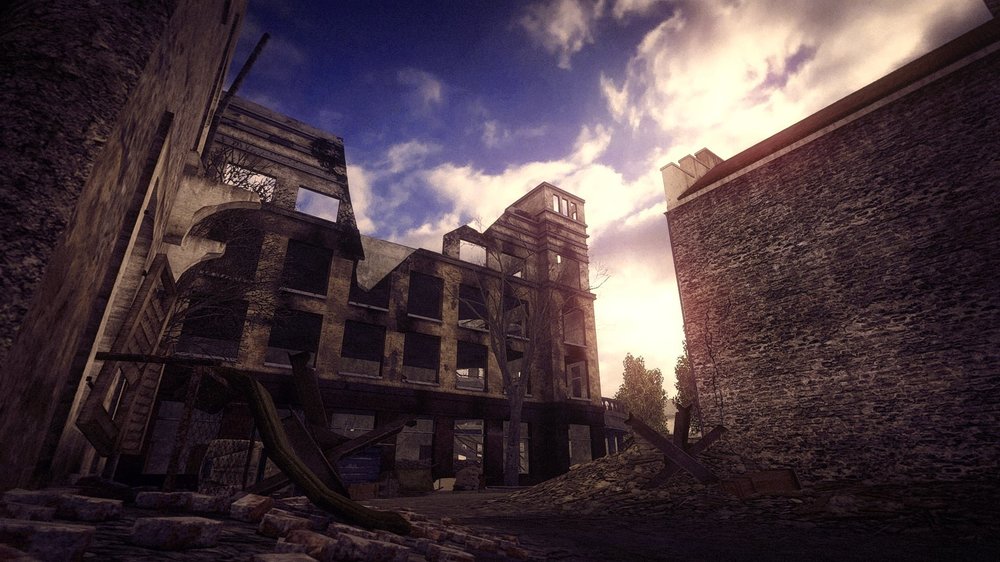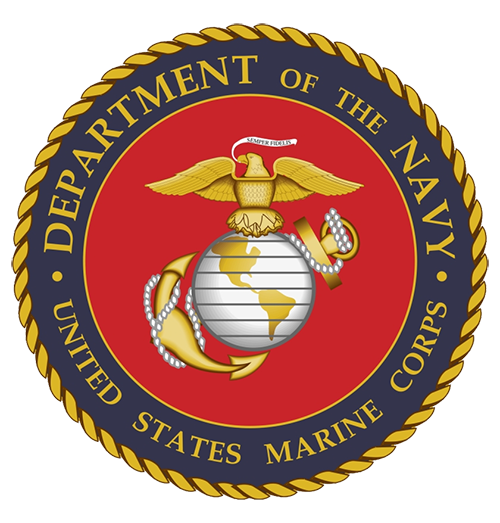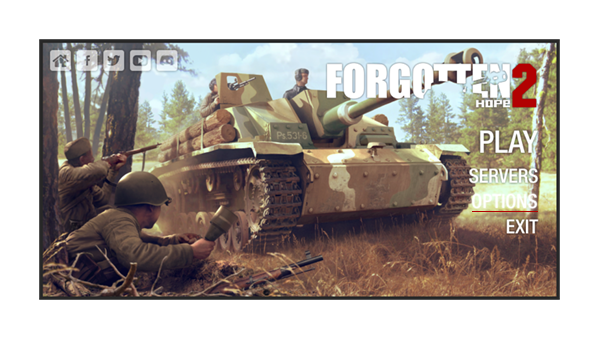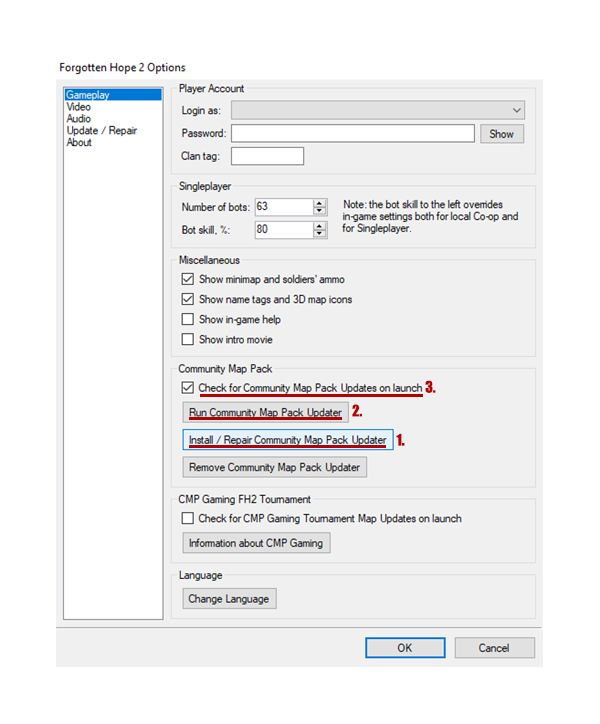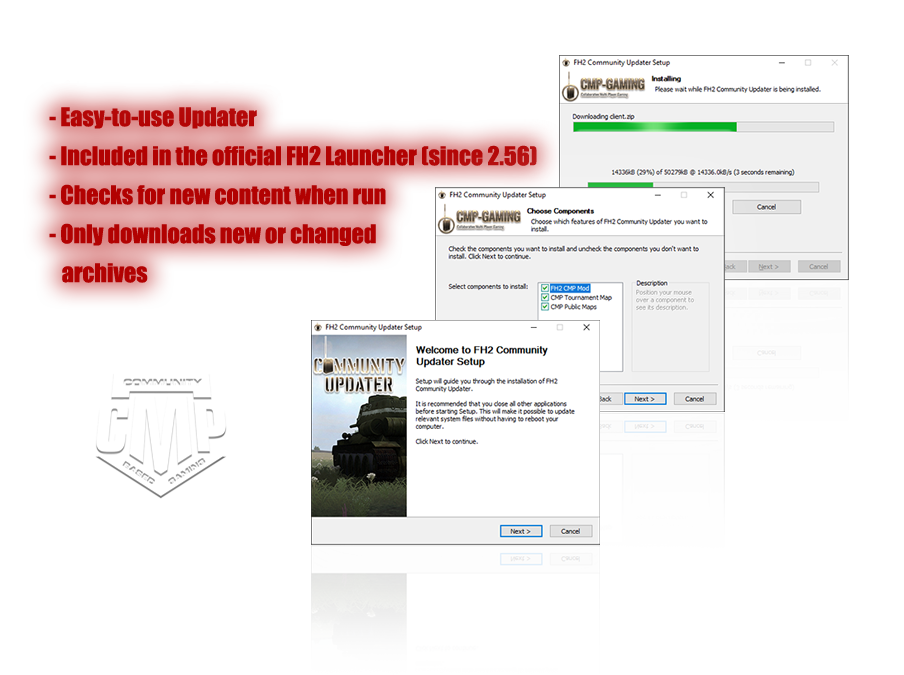-
Posts
645 -
Joined
-
Days Won
76
Content Type
Profiles
Forums
Events
Everything posted by Hawk
-
Yey, Happy Birthday @cprlMegumin , have a good one!
-
https://store.steampowered.com/app/231430/Company_of_Heroes_2/ COH 2 + Ardennes Assault DLC for free until May 31st
-
Happy Birthday, @HochuDeutschmeister!
-
https://www.epicgames.com/store/en-US/product/star-wars-battlefront-2/home?lang=en-US Battlefront 2 for free to claim at the Epic Games Launcher between the 14th and 21st January 2021.
-
@Galadriel_112 jau, danke für den Hinweis. Ich habe nun ganz oben im Thread einen Update-Status hinzugefügt, damit man weiß, wann was zuletzt geupdatet wurde. Bei dieser Gelegenheit kann ich dir gleich mitteilen, dass ein neues Mapupdate rausgekommen ist. Sei mal die nächsten Wochen auf der Hut, da kommt vermutlich noch mehr.
-
https://www.heise.de/news/Hausdurchsuchung-beim-Software-Haendler-Lizengo-4877008.html tja, das wird sich noch zeigen....
-
hallo @Galadriel_112 ! Der von dir verlinkte Thread enthält die aktuellen manuellen Download-Links. Und ja, das Mappack erfuhr letzten Donnerstag (17. September) ein Update. Da grundlegende Änderungen am Minimodinhalt vorgenommen wurden, muss sowohl die Minimod als auch die Maps erneut runtergeladen werden. Ich empfehle dringend ein Upgrade des Betriebssystems. Ein Windows XP Rechner mit Internetzugang ist keine gute Idee.
-
Happy Birthday, @CptBocquier
-
Alles Gute zum Geburtstag @KarlGeorg ! Happy Birthday, @CestMoi !
-
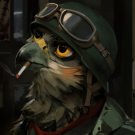
FH2 Campaign #8: "The Last Offensive" Is Now OPEN!
Hawk replied to Quicksilver's topic in General Announcements
-
Hello @Galadriel_112 the manual download link you've posted is an old version from the CMP Mappack. As you can see, we are in a thread of an test event for the mappack in September 2019. The thread for the release version of the Mappack can be accessed prominently presented on the mainpage http://cmp-gaming.com via this picture: at the end of the post you will find the download link for the updater (which probably wont work with Windows XP) aswell as the manual download links. You will require both, the minimod and the maps. CMP FH2 Mappack Pacific I+Berlin Minimod Download (1.6 GB) - Download Here CMP FH2 Mappack Pacific I+Berlin Maps Download (488 MB) - Download Here
-
Latest Minimod Update: 20.05.2022 | Latest Maps Update: 0.1.5 (24.09.2020) | Latest SP Support Update: 0.0.14 (20.05.2022) The Rising Sun The Imperial Japanese Army The Japanese Imperial Army, while armed with relatively modern weapons, had only recently emerged from a medieval, feudal past. The Army of the 1931-45 period was a strange combination; a well-armed and well-trained modern force, yet imbued with the ancient traditions of a people who had only recently emerged from centuries of self-imposed isolation from the modern world. Already immersed in a de facto war in China, Japan largely ignored its many shortcomings and embarked on a war of conquest against more industrially capable nations. It would establish its place in the world by carving out the 'Greater East Asia Co-prosperity Sphere (Dai Toa Kyoei-Ken).' This Japanese-led project aimed to enhance Japan’s economic and material wealth so that it would not be dependent upon supplies from the West. After January 1940, the United States combined a strategy of increasing aid to China while gradually moving towards an embargo on the trade of all militarily useful items with Japan. The Japanese realized the urgent need for oil (over 90% of which was supplied by the United States, Britain and the Netherlands). The solution was to send the Navy south, to seize the oilfields in the Dutch East Indies and nearby British colonies. While the admirals were dubious about their long-term ability to confront the American and British navies, they hoped that a knockout blow to destroy the American fleet at Pearl Harbor would bring the enemy to the negotiating table for a favorable outcome. (click on the image to enlarge) The uniform of the Japanese Imperial Army had developed over a period of about 30 years before finally settling on the Type 98. The color of the uniform was officially a kahki drill, but due to various factors it varied greatly in shade from light sand kahki to dark jungle green. The Japanese NCO holds the rank of Gunsō (Sergeant) and wears a Sen-bou (cloth field cap) while the Nitōhei (Private) soldiers wear the standard issue Japanese Type 92 helmet, often called tetsukabuto ("steel helmet") by the troops. The standard Japanese rifle since the Russo-Japanese War was the five-shot bolt action 6.5mm Arisaka Type 38 that was combined with the Meiji Type 30 bayonet. Many NCOs also carried the Type 98 sword (shin-gunto) on their side. The useful 50mm Type 89 grenade launcher/ light mortar - erroneously called the 'knee-mortar' by the Allies because of its curved base plate - was produced in large numbers and was standard issue down to the section level. These compact weapons could not be fired from the thigh, but instead by bracing the base plate against the ground or a sturdy surface from which it could launch HE, smoke and fragmentation grenades. (click on the image to enlarge) The uniforms worn by the Special Naval Landing Forces (SNLF) from the early 1930s were made of a 'sea-green'-colored cotton material. These forces were small detachments of Naval personel who were employed in landings during the Russo-Japanese War and the Boxer Rebellion. Soon their training and equipment were improved upon drastically, and their forces were given a variety of other operations. They are shown wearing the field cap and helmet with an added neck flap (Bou-tare), hooked to the bottom for sun protection. A decision to change the standard round from the 6.5mm semi-rimmed to a more useful 7.7mm rimless cartridge lead to the introduction of the Type 99 rifle in 1939. These new rifles would be standard issue for the remainder of the war, but were never able to fully replace the Type 38 rifles that came before them. Subsequently, the new cartriage also necessitated the development of the Type 99 Light Machine Gun, complete with a conical flash suppressor, quick-change barrel and 30 round box magazine. Japan was surprisingly late in introducing the sub-machine gun to its armed forces. It's most produced SMG was the Type 100 which came with the distinctive 30-round curved box magazine and a lug to mount a bayonet. As the war continued, the demand for submachine guns increased greatly and larger scale production of the Type 100 started. To increase speed and reduce cost of manufacture, a number of changes were made to simplify the Type 100. This led to the later 1944 model, known in the west as the "Type 100/44." This version had a number of changes, but most noticably was an increased rate of fire to 800 rounds per minute. The Struggle of the Marines Wake Island and Midway 1941-42 Confronting the might of the Imperial Japanese Navy in the early phases of the Pacific War were the soldiers of the Marine Defense Battalions. These battalions were charged with the coastal defense of various naval bases in the Pacific prior to the start of the war. The battalions often had several coastal gun batteries, anti-aircraft batteries, a detection battery (searchlights and radar), and machine gun units that were meant to operate as an independant force that could hold out in the defense of an island before more reinforcements arrived. (click on the image to enlarge) Prior to World War II, the Marines had service uniforms with summer and winter versions. The Summer Service uniform was a light khaki color that was not designed for combat use. Despite this, it was in fact worn to battle early in World War II at Pearl Harbor, Wake Island, the Philippines, Guam and Midway. In 1941, USMC and Army personnel still wore the M1917 helmet, or “Brodie helmet,” used during World War I. In addition to their helmets, the Marines were still equipped with much of the same weapons from WW1. The 1903 vintage Springfield bolt action rifle was the standard rifle of the US Army and Marine Corps at the outbreak of war. It was never fully replaced in the Marine Corps units as was planned. The 1918 Vintage Browning Automatic Rifle would continue to be the standard Light Machine Gun throughout Korea and into Vietnam while the M1928A1 Thompson submachine gun was still the most used SMG in the US at this time despite its costly production. Wake Island by Watchtower The Battle of Wake Island began simultaneously as the attack on Pearl Harbor naval/air bases and ended on 23 December 1941. Later to be known as the Alamo of the Pacific - It was fought on and around the atoll formed by Wake Island and its minor islets of Peale and Wilkes Islands with Marines playing a prominent role on both sides. Early on the morning of 11 December, the garrison, with the support of four remaining Wildcats, repelled the first Japanese landing attempt. The second Japanese invasion force came on 23 December, composed mostly of the ships from the first attempt and 1,500 Japanese Marines. After a full night and morning of fighting, the Wake garrison and civilians surrendered to the Japanese by mid-afternoon. It was occupied until 4 September 1945, when the remaining Japanese garrison surrendered to a detachment of US Marines after the formal surrender of Japan. Midway 1942 by Pr0z4c and Stubbfan Midway is a 6.2 square kilometer atoll located in the North Pacific, about a third of the way from Hawaii to Japan. The Japanese fleet attacked the island in June of 1942, in order to eliminate a forward US base, and in the hopes of luring part of the U.S. fleet into a position where it could be engaged on favorable terms and destroyed. Instead, the Japanese fleet was heavily damaged, losing four carriers, while sinking only one U.S. carrier. The battle of Midway has been called the turning point in the Pacific war, and afterwards, the Japanese fleet remained on the strategic defensive for the remainder of the conflict. The First Hell in the Pacific Tulagi 1942 (click on the image to enlarge) The strategic defeats suffered in the Battles of the Coral Sea and Midway checked Japan’s advance in the Pacific. The engagements, which cost the Japanese over 400 carrier and landbased aircraft and five aircraft carriers, forced Tokyo to assume a defensive posture. The Americans planned to parry the enemy’s plan by capturing Tulagi and Guadalcanal and setting up their own airfield in the Solomons to support an advance toward New Britain and New Guinea. For Operation Watchtower (the attacks on Tulagi and Guadalcanal) the Marines were outfitted with the newly issued M1 Helmet and 1941 pattern utility uniform that would iconize them for the rest of the war. After the Japanese attack on Pearl Harbor, the US was suddenly in desperate need of thousands of modern automatic weapons. The Thompson submachine gun was a weapon that epitomized reliability and exquisite machining, and as such, was costly and required many man hours to produce. Because of this, the more easily manufactured Reising was quickly adopted by the US Navy and Marines as a limited-standard weapon. The two primary versions of the weapon were the Model 50 and the folding stock Model 55. Tulagi by Stubbfan and Pr0z4c The Battle of Tulagi was a land battle in the Pacific theatre of war. The battle was fought between the forces of the Imperial Japanese Navy and the United States Marines. The battle took place during the inital Allied landings in the Guadalcanal campaign. In contrast to the intense fighting on Tulagi, the landings on Guadalcanal were essentially unopposed.The Japanese forces where determined to defend Tulagi to the end. "A Little Gibraltar" Tarawa 1943 (click on the image to enlarge) In order to set up forward air bases capable of supporting operations across the mid-Pacific, the U.S. planned to take the Gilbert Islands. The American invasion force to the Gilberts was the largest yet assembled for a single operation in the Pacific, and the Battle of Tarawa was the first American offensive in the critical central Pacific region. It was also the first time in the Pacific War that the United States had faced serious Japanese opposition to an amphibious landing. The uniform worn by the soldiers on Tarawa was the then brand-new initial production version of the reversible 1942 pattern camouflage utilities. The uniform was reversible, with a dominantly green and brown “jungle” printed camouflage pattern on one side, and a dominantly brown and tan “beachhead” pattern on the other. The helmet camouflage cover was issued in a similar reversible pattern. At this point in the war, the Marines were gradually being issued with the new standard caliber .30 M1 rifle, the iconic "Garand." However, many Marines still retained the Springfield bolt action as they landed on the beaches. Tarawa by Pr0z4c The Battle for Tarawa was a battle in the Pacific. The battle took place on the Tarawa Atoll in the Gilbert Islands. Nearly 6.400 Japanese and Americans died in the fighting, mostly on and around the small island of Betio, in the extreme southwest of Tarawa Atoll. The Battle of Tarawa was the first American Offensive in the critical central Pacific region. It was also the first time in the war that the United States faced serious Japanese opposition to an amphibious landing. It was boasted by its defenders that a million Americans couldn't take Tarawa in 100 years. The next 76 hours was to be the crucible for such a struggle The Problem with the Friendly Fire Kwajalein 1944 The US Army dedicated about 25% of its strength to the pacific, about 22 divisions and associated air forces. The remaining 75% was focused on the European and Mediterranean theaters, but the Army was by no means an after thought in the Pacific Theater. Operation Flintlock conducted in the Kwajalein Atoll was one of the lesser known battles in the Pacific but it was nonetheless complex, with battles fought on seven main islands scattered over a large area, and made more complex by the by-passed Japanese garrisons that had to be reconnoitered and cleared. The Southern island of Kwajalein was attacked by the 7th Infantry Division of the US Army who had seen action earlier in the Pacific, though the conditions were quite the opposite. They had previously fought in the Alaskan Aleutian Islands, on the island of Kiska. During that Operation there were noted friendly fire incidents and therefor later on you see the use of colored panels worn by troops. (click on the image to enlarge) The ID panel finds itself being used en masse for this attack along with the camouflage painted helmet, the shell of which is painted a bright yellow and green with hand woven camouflage nets. Kwajalein by Watchtower The Battle of Kwajalein took place from 31 January-3 February 1944, on Kwajalein Atoll in the Marshall Islands. Employing the hard-learned lessons of the Battle of Tarawa, the US launched a successful twin assault on the main islands of Kwajalein in the south and Roi-Namur in the north. The Japanese defenders put up stiff resistance, although outnumbered and under-prepared. For the US, the battle represented both the next step in its island-hopping march to Japan and a significant morale victory because it was the first time the Americans had penetrated the "outer ring" of the Japanese Pacific sphere. For the Japanese, the battle represented the failure of the beach-line defense. With The Old Breed Peleliu 1944 (click on the image to enlarge) The 1st Mar. Div. had fought on Guadalcanal, America’s first amphibious landing in World War II, from August to December 1942. The “Old Breed” then secured a lodgment on Cape Gloucester, New Britain, fighting there from December 1943 to February 1944. These men were in less than ideal condition having endured one of the wettest campaigns of the war. Most were suffering from weight loss and fungus infections, but would recover by the time of the Peleliu attack. The Marines on Peleliu were seasoned veternas of the Pacific Campaign who had grown to perfect their craft of rooting out the Japanese from island after stoney island. In September of 1944, the Marines are outfitted with their full compliment of M1 Garands, M1 Carbines and the latest iteration of the M1A1 Thompson SMG. Peleliu by Watchtower The Battle of Peleliu or Operation Stalemate II was fought between September 15th to November 27th 1944. U.S. Marines of the First Marine Division, and later soldiers of the U.S. Army's 81st Infantry Division, fought to capture an airstrip on the small coral island part of a larger offensive campaign known as Operation Forager. The Commander of 1st Marine Division predicted the island would be secured within 4 days, however, Japan had developed new island defense tactics, well-crafted fortifications and caves that allowed stiff resistance, extending the battle through more than two months. The Great Raid Cabanatuan 1945 After the surrender of tens of thousands of American troops during the Battle of Bataan, many were sent to the Cabanatuan prison camp after the Bataan Death March. The Japanese shifted most of the prisoners to other areas, leaving just over 500 American and other Allied POWs and civilians in the prison. Facing brutal conditions including disease, torture, and malnourishment, the prisoners feared they would be executed by their captors before the arrival of General Douglas MacArthur and his American forces returning to Luzon. In late January 1945, a plan was developed by Sixth Army leaders and Filipino guerrillas to send a small force to rescue the prisoners. A group of over 100 Rangers and Scouts and 200 guerrillas traveled 30 miles (48 km) behind Japanese lines to reach the camp. (click on the image to enlarge) The US Army Rangers who participated in the POW rescue traveled with the minimum of kit and equipment. The Rangers wore a typical fatigue uniform with white identification strips, M1944 combatboots, and a field cap. Raid on Cabanatuan by Geopat On the night of January 30, 1945, US Army Rangers, Alamo Scouts, and Filipino guerrillas liberated more than 500 Allied prisoners from the POW camp near Cabanatuan City, in the Philippines. Road to Burma Irrawaddy River 1945 The 14th Army that re-entered Burma at the end of 1944 was completely different in strength and spirit from the shattered force that had retreated back to India in 1942. The Indian Army provided the bulk of the 14th Army's battalions. Of the five divisions that crossed the Chindwin to advance on Mandalay and Meiktila, only one, the 2nd Division, was wholly British. The four other divisions were all Indian Infantry Divisions. Among it, the featured 17th Indian Infantry Division. Armed with the antiquated No. 1 Mk III Enfield and the Mk I Bren guns, the Indians were well led, their soldiers experienced and confident. (click on the image to enlarge) (click on the image to enlarge) In nearly all cases, each of the three brigades making up an Indian Division included one British battalion, thus three per division. After Khaki Drill stocks were used up, Indian-made jungle-green uniforms were issued in 1943, consisting of Aertex battle dress shirt, trousers and bush jacket, and was generally worn by all the British and Commonwealth armies until 1945. British soldiers serving in the jungles of Burma also often wore the slouch hat or bush hat. Lessons learned from the Burma campaign showed that some equipment was particularly important in the jungle. India Command undertook further research into infantry rifles in order to make them smaller and lighter for easier handling in the jungle. The result was the precursor to the No. 5 jungle Carbine, which was officially adopted by the War Office in September 1944. The No. 5 Mark I was 5in shorter and 2lbs lighter. The kukri or khukuri is a knife, originating from the Indian subcontinent, associated with the Nepali speaking Gurkhas of Nepal and India. It is a characteristic weapon of the Indian Army, and of all Gurkha regiments throughout the world, so much so that some English-speakers refer to the weapon as a "Gurkha blade" or "Gurkha knife". Irrawaddy River by Papillon After the 7th Indian Infantry Division had captured Pakokku, on 14 February, the Allied forces crossed the Irrawaddy River at Nyaung U, north of ancient Burmese capital of Pagan. The 7th Division's crossing was made on a wide front. Both the main attack at Nyaung U and a secondary crossing at Pagan (the former capital, and the site of many Buddhist temples) were initially disastrous. Pagan and Nyaungu were defended by two battalions of the Indian National Army's 4th Guerrilla Regiment, with one held in reserve. The 7th Indian Division suffered heavy losses as their assault boats broke down under machine-gun fire which swept the river. Eventually, support from tanks of the Gordon Highlanders firing across the river and massed artillery forced the defenders at Nyaungu to surrender. Das letzte Aufgebot Berlin 1945 In late 1944, facing the invasion of the Fatherland by the allied forces on the western and eastern front, the nazi leadership issued a general draft of all german men the age between 16 and 60 that still were at the homefront, fullfilling duties or specialized labour, didn't have to serve at the war front already and were fit to bear arms. These standards and requirements gradually were lowered as the final weeks of the Reich came closer. Already, the regular army drafted the german teenagers born in the years 1927 and 1928. In March 1945, even those born in 1929 were drafted for anti-air duty in the military, leaving those remaining Hitler-Youth boys to be drafted for the paramilitary Volkssturm often to be younger than 16. The Volkssturm militia was meant to serve as auxiliary force, only to be deployed within The Reich territory, overtaking tasks to free up units of the regular army for them to focus on the front. These tasks included trenchwork, escorting of war refugees, relocation of industrial productions, security & guarding, rear defense - and ultimately in 1945, inevitably facing combat with regular forces of the enemy on home soil. Each Volkssturm unit never exceeded battalion-size and were deployed along with Wehrmacht and SS-units. Their casualties were heavy: 117.000 members of the Volkssturm died in the final four months of the war, only to prolong the suffering and the inevitable defeat. (click on the image to enlarge) The Volkssturm was poorly and insufficiently equipped with only parts in uniform. Many men had to resort to civillian clothing, marking themselves with a Volkssturm armband to at least somehow show their affiliation to the Volkssturm and their dubious status as combatant. Crude last-ditch weapons such as the Volkssturmgewehr VG 45 or the Volkskarabiner, captured foreign rifles, hunting rifles and pistols from private stocks were used, aswell as large masses of the easy-to-produce-and-use Panzerfaust. In times of scarcity, the Truppenfahrrad (troop bicycle) was a simple, yet effective mean of transport for the Volkssturm and was frequently used. Berlin by Blander A garrison consisting of some 200,000 german soldiers (depleted and disorganised Wehrmacht and Waffen-SS divisions, along with poorly trained Volkssturm and Hitler Youth members) remained in Berlin, along with some 2,000,000 civilians. In a meeting in Moscow, the plan was laid down to march on Germany's capital in April of 1945 in an attempt to beat the Western Allies to the prize. The offensive was launched in the morning hours of April 16th with a stellar barrage of artillery followed by air attacks, tanks and men. Competition between the two Soviet generals (Marshals Georgi Zhukov and Ivan Koniev) drove them through the German defenses led by General Helmuth Weidling though fighting was bitter and earned in blood. Downloads How to Install Variant I: Use The FH2 Community Updater Since Forgotten Hope 2 Version 2.56, the Community Updater is now an integrated option to install as third-party tool. Step 1: Start the official FH2 Launcher and click on Options Step 2: In the "Gameplay"-tab, install the Community Map Pack Updater (1), then run it (2) and optionally, let the launcher check for updates upon starting (3). (Warning as of August 2020: Do not tick this checkbox as it could potentially cause an Unhandled System.NullReference exception error upon starting the FH2 Launcher. Solution: Re-run the FH2LauncherSetup in order to reset the FH2 Launcher. Bug will be fixed with the next FH2 update.) Congratulations, you are now good to go and able to play on the FH2 servers running the Community Map Pack! OR Variant II: Alternative Manual Download Alternative Manual File Download CMP FH2 Mappack Pacific I+Berlin Minimod Download (3.0 GB) - Download Here CMP FH2 Mappack Pacific I+Berlin Maps Download (561 MB) - Download Here (Optional) CMP FH2 Mappack Pacific I+Berlin Single Player Support by IvanWazowsky (1.8 GB) - Download Here The mappack files will come in a zipped file. Just copy this file into Program Files (x86)\EA GAMES\Battlefield 2\mods\ folder. If you use the standalone, copy it into Program Files (x86)\ForgottenHope2\mods\ folder. Choose 'Extract Here' and let it install the files. Let it overwrite any files if you have older mappack files installed. The Team And their Functions Special Thanks To All Developers and Community Members involved Stubbfan Papillon kummitus Harmonikater Watchtower GeoPat Blander Pr0z4c theanh Matt_Baker Pointblank 2cool2fool jan_kurator SgtAlex Quicksilver RAnDOOm Hawk RayderPSG IvanWazowsky Project Lead, Modeling, Mapping, Coding, Chief Cook Project Lead, Modeling, Mapping, Coding Coding, Server & GIT Administration, Community Support Modeling, Animation, Coding Modeling, Mapping Modeling, Mapping Modeling, Mapping Mapping Modeling Modeling, Media Modeling Animation Coding, Sound-Design, Bug-Fixing Coding, Bug-Fixing FH2 Admin, Organisation, Media, Community Support FH2 Admin, Organisation, Social Media, Community Support FH2 Admin, Organisation, Chief Media Social Media, Community Support Single Player/Coop Support
- 38 replies
-
- 15
-

-

-
Happy Birthday! @Erwin a repdigit, have a good one and stay decently healthy
-
https://www.humblebundle.com/store/ashes-of-the-singularity-escalation-free-game Ashes of Singulatiry Escalation for free at Humble Bundle
-
-
Happy Birthday @HochuDeutschmeister !
-
untilhttp://postscriptumgame.com/pj-free-weekend/ In the light of the 1940 France release on the 9th of January, Post Scriptum is having a free weekend at steam. CMP is inviting you to hop on the TS at Battle Time™ (19:00 UTC) on Friday, January 10th and join us. If you havent got the game yet, here's your chance to test it! We will provide Squadleaders and a experience of the game how its meant to be played!
-
https://store.steampowered.com/app/231430/Company_of_Heroes_2/ Company Of Heroes 2 free giveaway on steam this weekend
-
Happy Birthday, @Johonas !
